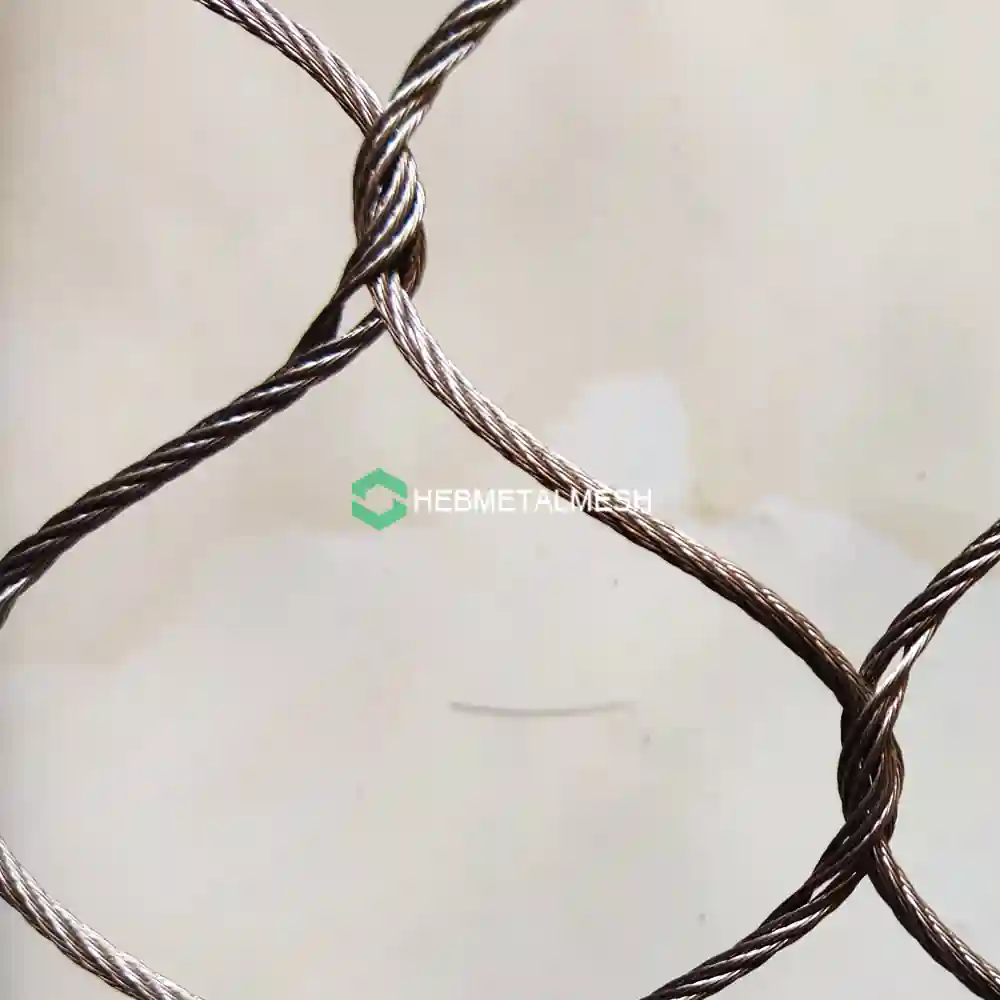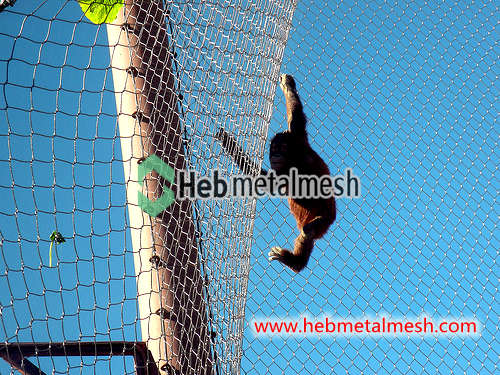The safety and well-being of animals in enclosures hinge on the choice of fencing material.

Chain-link, wood, vinyl, and metal bars are among the common options. Each material has its unique features, benefits, and potential drawbacks.
This article delves into these materials, providing insights to guide your selection process. Whether you’re a zookeeper, farmer, or pet owner, you’ll find this information valuable.
We’ll also touch on the importance of factors like durability, maintenance, cost-effectiveness, and environmental impact in making your decision.
Chain-Link Fencing: A Cost-Effective Solution
Chain-link fencing is a popular choice for animal pens.
Its popularity stems from its cost-effectiveness and durability. Chain-link fences can withstand the elements and resist damage from animals.
However, they may not offer the most aesthetic appeal. Also, small animals could potentially slip through the gaps.
Despite these drawbacks, chain-link fencing remains a practical option for many animal enclosures.
The Natural Appeal of Wood Fences
Wood fences offer a natural look that blends well with outdoor settings.
However, they require regular maintenance to prevent decay and damage. This includes sealing or painting to protect against weathering.
Despite the maintenance, wood fences can provide a warm, inviting aesthetic for animal enclosures. They are particularly suitable for smaller, less destructive animals.
Vinyl Fencing: Durability Meets Low Maintenance
Vinyl fencing is a popular choice for animal enclosures due to its durability.
It is resistant to weathering and requires minimal maintenance. However, it may have a higher upfront cost compared to other materials.
Despite the cost, the longevity and low upkeep of vinyl fencing make it a cost-effective solution in the long run. It is especially suitable for animal pens that require strong, long-lasting fences.
Metal Bars: Ensuring Strength for Zoo Enclosures
Metal bars are a common sight in zoo enclosures, particularly for large or strong animals.
Their strength and durability make them an ideal choice for containing such animals. They also provide excellent visibility, allowing visitors to observe the animals clearly.
However, metal bars can be expensive and may require regular maintenance to prevent rust and corrosion. Despite these challenges, their strength and durability make them a reliable choice for zoo enclosures.
Wire Mesh: Versatility and Visibility
Wire mesh is another popular choice for animal enclosure fences.

Its versatility allows it to be used for a variety of animals, from birds to small mammals. The mesh design provides good visibility, ensuring that animals can be easily observed.
However, the size of the mesh must be carefully chosen to prevent animals from escaping or getting stuck. Despite these considerations, wire mesh remains a versatile and cost-effective option for animal enclosures.
Specialized Materials and Custom Solutions
In some cases, specialized materials or custom solutions may be required for animal enclosure fences.
For instance, transparent acrylic panels are used for underwater viewing areas in aquariums. Similarly, electric fencing can be an effective deterrent for containing certain animals, but it requires careful consideration of animal welfare.
Custom fabrication can also meet unique enclosure requirements, such as specific shapes or sizes. Regardless of the material, professional installation is crucial to ensure the integrity and safety of the enclosure.
Conclusion: Balancing Factors in Material Selection
In conclusion, selecting the right material for animal enclosure fences involves balancing factors like durability, cost, safety, and aesthetics.


